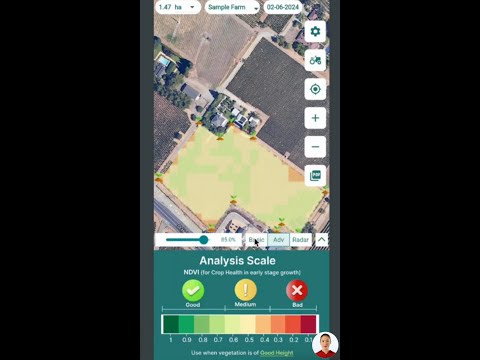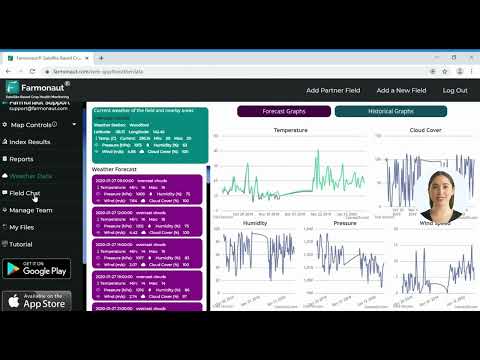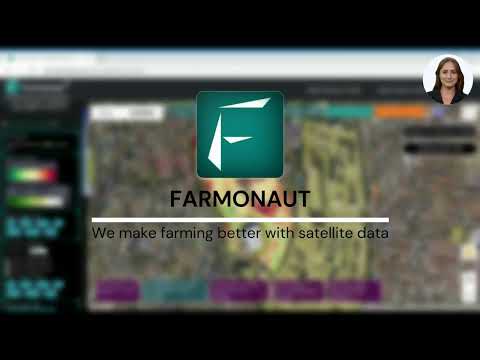Miami’s Valentine’s Day Flower Surge: Inside the International Floral Trade at MIA
As we approach Valentine’s Day, Miami International Airport (MIA) becomes the epicenter of a remarkable floral phenomenon. The airport transforms into a bustling hub for the international flower trade, processing an astounding 90% of the United States’ Valentine’s Day flowers. In this comprehensive exploration, we’ll dive deep into the intricate world of fresh cut flower imports, revealing the journey these beautiful blooms make from South American fields to North American hearts.
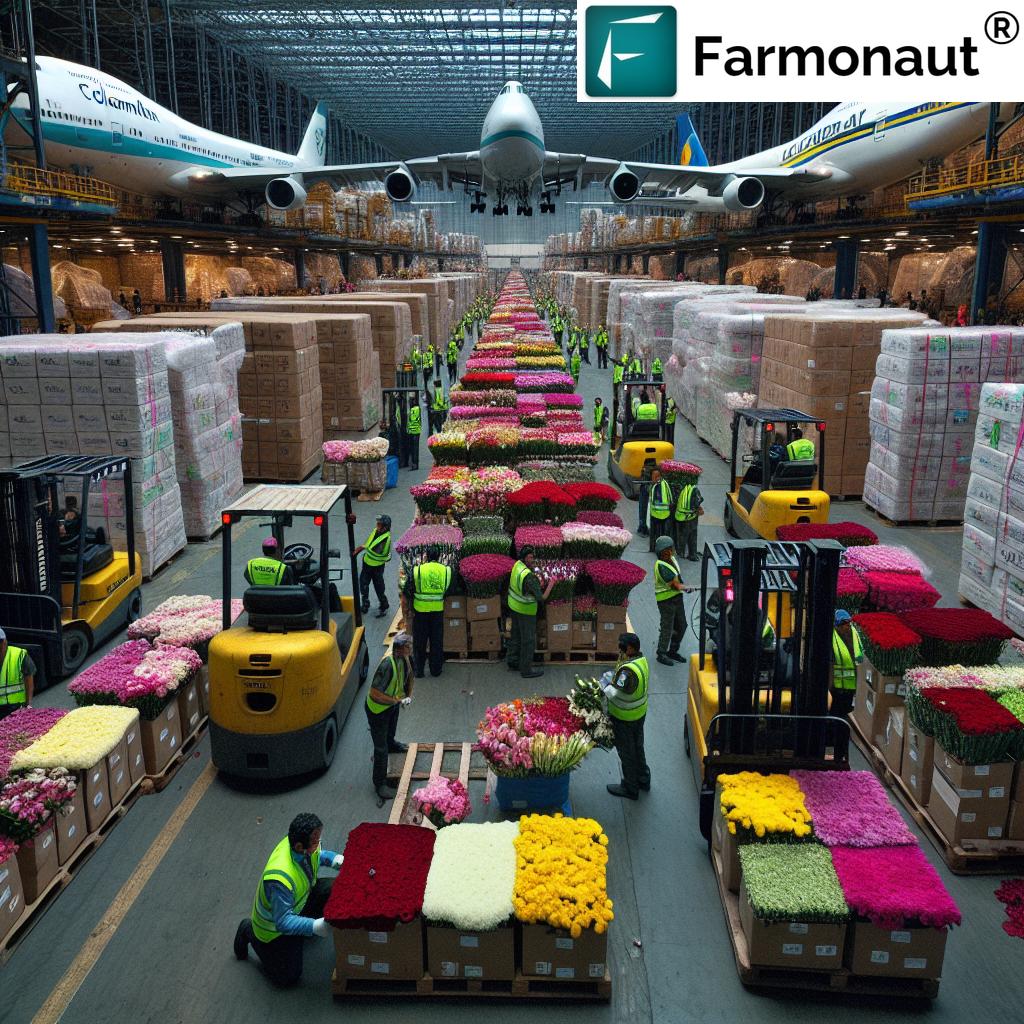
“Miami International Airport processes 940 million flower stems for Valentine’s Day, accounting for 90% of US imports.”
The Blooming Business: A Statistical Overview
Let’s start by examining the sheer scale of this floral influx. In the weeks leading up to February 14th, agricultural specialists at MIA process approximately 940 million stems of cut flowers. This staggering number represents not just a surge in imports, but a testament to the intricate logistics and international cooperation that makes this annual tradition possible.
To put this into perspective, let’s break down the numbers:
- 90% of Valentine’s Day flowers in the US come through Miami
- The remaining 10% are processed in Los Angeles
- MIA receives about 1,500 tons of flowers daily during this period
- This equates to roughly 90,000 tons of flower imports in January and February alone
- The value of these imports reaches an impressive $450 million
These statistics underscore Miami’s crucial role in the US flower market, particularly during the Valentine’s season. But what makes Miami such a pivotal player in this international trade? The answer lies in its strategic location and well-developed infrastructure.
Miami: The Floral Gateway of North America
Miami’s position as the primary entry point for Valentine’s Day flowers is no accident. Its geographic location makes it the ideal hub for imports from South America, particularly Colombia and Ecuador, which are the primary sources of these blooms. The city’s proximity to these countries reduces transportation time, crucial for maintaining the freshness of these delicate products.
Moreover, MIA has developed specialized facilities and procedures to handle the massive influx of perishable goods. The airport’s cargo area includes temperature-controlled storage units and efficient customs processing systems, ensuring that flowers remain in pristine condition as they make their way through the supply chain.
The Journey of a Valentine’s Day Rose
To truly appreciate the complexity of this international flower trade, let’s follow the journey of a typical Valentine’s Day rose from its origin to its final destination:
- Cultivation: Our journey begins in the lush fields of Colombia or Ecuador, where ideal growing conditions produce some of the world’s most beautiful roses.
- Harvesting and Packaging: Skilled workers carefully cut and bundle the flowers, preparing them for their international journey.
- Air Transport: The flowers are loaded onto specialized cargo planes. Companies like Avianca Cargo play a crucial role, with some operating up to 300 full cargo flights during the peak season.
- Arrival at MIA: Upon landing, the flowers are quickly transferred to temperature-controlled facilities within the airport.
- Customs Inspection: U.S. Customs and Border Protection (CBP) agricultural specialists inspect the flowers for pests and diseases.
- Distribution: Once cleared, the flowers are distributed to wholesalers, florists, and supermarkets across the United States and Canada.
This entire process, from field to store, often takes less than 72 hours, highlighting the efficiency of the supply chain.
The Key Players in the Valentine’s Day Flower Trade
Several entities play crucial roles in this annual floral spectacle:
- Growers in Colombia and Ecuador: These countries are the primary sources of Valentine’s Day flowers, thanks to their ideal growing conditions and well-established flower industries.
- Cargo Airlines: Companies like Avianca Cargo significantly increase their capacity during this period. For instance, Avianca transported about 18,000 tons of flowers on 300 full cargo flights in just three weeks leading up to Valentine’s Day.
- Miami International Airport: MIA’s specialized facilities and experienced staff handle the massive influx of flowers efficiently.
- U.S. Customs and Border Protection: CBP agricultural specialists play a critical role in inspecting and clearing the flower shipments.
- Wholesalers and Retailers: These businesses distribute the flowers to consumers across North America.
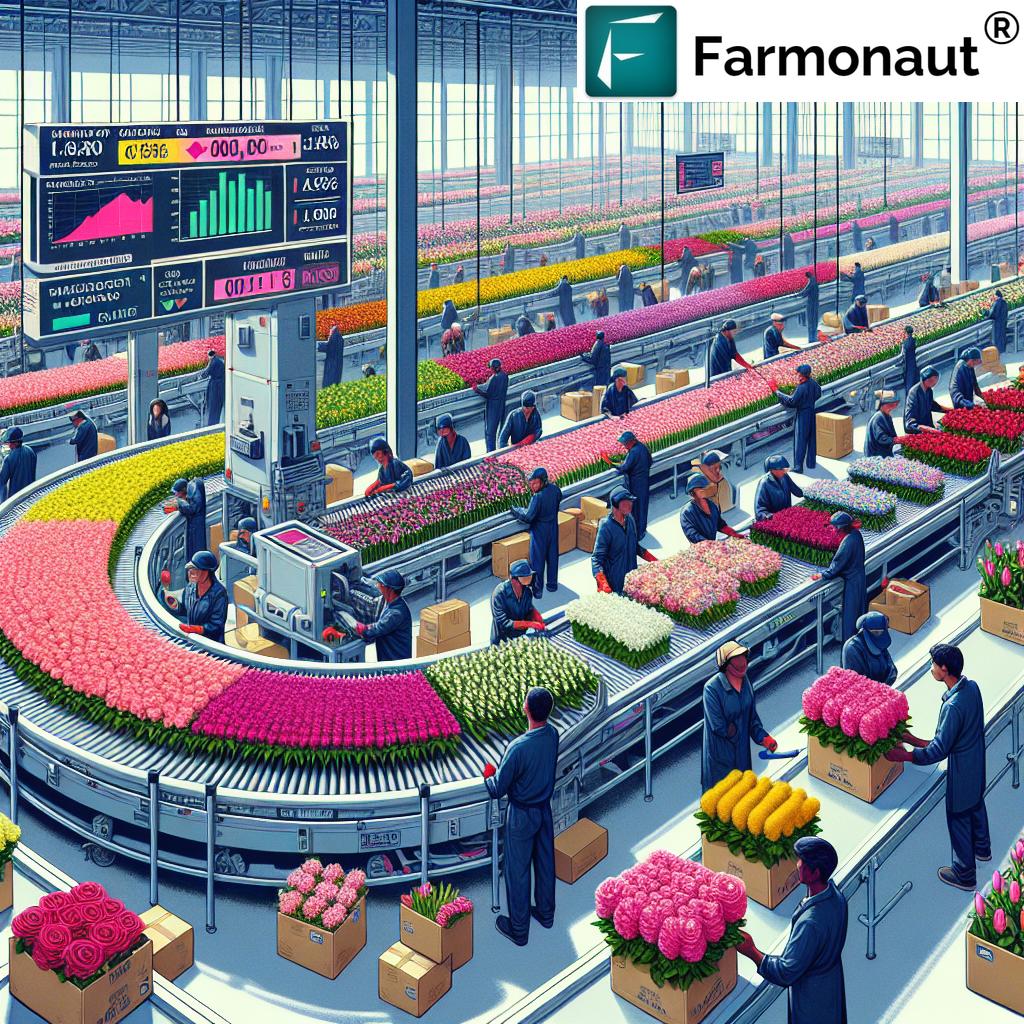
The Economic Impact of the Valentine’s Day Flower Trade
The economic implications of this floral surge are significant:
- In 2023, MIA received more than 3 million tons of cargo, with flowers accounting for nearly 400,000 tons.
- The value of these flower imports exceeded $1.6 billion.
- The Valentine’s Day surge alone represents about $450 million in imports.
This trade not only boosts the local economy in Miami but also significantly impacts the economies of the exporting countries. For Colombia and Ecuador, flower exports represent a major source of foreign exchange and employment.
“The Valentine’s Day flower surge at Miami International Airport involves complex logistics, including cargo flights and customs inspections.”
Challenges in the International Flower Trade
Despite its impressive scale, the international flower trade faces several challenges:
- Pest and Disease Control: CBP agricultural specialists work tirelessly to prevent the introduction of harmful pests and diseases. Invasive species cause an estimated $120 billion in annual economic and environmental losses to the United States.
- Trade Disputes: Political tensions can impact the trade. For instance, Colombia’s flower industry recently faced the possibility of a 25% tariff due to a dispute over deported immigrant flights.
- Climate Change: Changing weather patterns in growing regions can affect flower production and quality.
- Sustainability Concerns: The environmental impact of long-distance flower transportation is increasingly under scrutiny.
The Role of Technology in the Flower Industry
As the flower industry continues to grow, technology plays an increasingly important role in optimizing operations and ensuring sustainability. This is where companies like Farmonaut come into play. While not directly involved in the flower trade, Farmonaut’s innovative agricultural technologies offer valuable insights that could benefit the flower industry.
Farmonaut provides advanced, satellite-based farm management solutions that could potentially be applied to flower cultivation. Their platform offers:
- Real-time crop health monitoring
- AI-based advisory systems
- Blockchain-based traceability
- Resource management tools
These technologies could help flower growers optimize their production, ensure quality, and improve sustainability practices. For instance, satellite-based crop monitoring could help growers in Colombia and Ecuador manage their fields more efficiently, potentially increasing yield and quality.
For those interested in exploring these agricultural technologies further, Farmonaut offers various access points:
- API: Developers can integrate Farmonaut’s data into their own systems. Learn more about the API here.
- Mobile Apps: Farmonaut’s solutions are available on both Android and iOS platforms.
Valentine’s Day Flower Import Statistics: Miami International Airport (MIA)
| Flower Type | Estimated Import Volume (stems) | Primary Origin Countries | Percentage of Total Imports |
|---|---|---|---|
| Roses | 470,000,000 | Colombia, Ecuador | 50% |
| Carnations | 188,000,000 | Colombia | 20% |
| Chrysanthemums | 94,000,000 | Colombia | 10% |
| Hydrangeas | 47,000,000 | Colombia | 5% |
| Pompons | 47,000,000 | Colombia | 5% |
| Gypsophila | 47,000,000 | Ecuador | 5% |
| Other Varieties | 47,000,000 | Various | 5% |
The Future of the International Flower Trade
As we look to the future, several trends are likely to shape the international flower trade:
- Sustainability: There’s growing demand for sustainably grown and transported flowers. This could lead to changes in production methods and transportation logistics.
- Technology Integration: Advanced technologies like those offered by Farmonaut could be increasingly adopted in flower cultivation, improving efficiency and quality.
- Diversification of Sources: While Colombia and Ecuador currently dominate the market, we may see other countries entering the trade to meet growing demand.
- E-commerce Growth: Direct-to-consumer flower delivery services are likely to expand, potentially changing traditional distribution channels.
Conclusion: The Blooming Business Behind Your Bouquet
The next time you present a bouquet of roses to your loved one on Valentine’s Day, take a moment to appreciate the incredible journey those flowers have made. From the fields of South America to Miami International Airport, and finally to your local florist, each stem represents a testament to international cooperation, logistical precision, and horticultural expertise.
As we’ve explored, this annual floral surge is more than just a romantic gesture – it’s a significant economic force that impacts multiple countries and industries. The challenges faced by the industry, from pest control to sustainability concerns, highlight the complexity of maintaining this global supply chain.
Yet, with ongoing innovations in agriculture and logistics, including technologies like those developed by Farmonaut, the future of the international flower trade looks bright. As consumers become more conscious of the origins of their purchases, we may see a shift towards more sustainable and technologically advanced flower production and distribution methods.
So, this Valentine’s Day, as you admire your beautiful bouquet, remember the incredible journey it has made and the thousands of people who have played a part in bringing a bit of floral beauty into your life.
FAQ Section
Q: Why does Miami handle such a large percentage of Valentine’s Day flower imports?
A: Miami’s strategic location close to major flower-producing countries in South America, combined with its specialized facilities for handling perishable goods, makes it the ideal entry point for flower imports.
Q: What are the main types of flowers imported for Valentine’s Day?
A: The most popular Valentine’s Day flowers imported through Miami include roses, carnations, chrysanthemums, hydrangeas, pompons, and gypsophila.
Q: How long does it take for flowers to travel from South America to U.S. stores?
A: The entire process, from harvesting in South America to arrival at U.S. stores, typically takes less than 72 hours, thanks to efficient logistics and transportation systems.
Q: What challenges does the international flower trade face?
A: Key challenges include pest and disease control, potential trade disputes, the impacts of climate change on production, and growing concerns about the environmental sustainability of long-distance flower transportation.
Q: How might technology impact the future of the flower industry?
A: Technologies like satellite-based crop monitoring, AI advisory systems, and blockchain-based traceability could help optimize flower production, improve quality control, and enhance supply chain transparency.
Earn With Farmonaut: Affiliate Program
Earn 20% recurring commission with Farmonaut’s affiliate program by sharing your promo code and helping farmers save 10%. Onboard 10 Elite farmers monthly to earn a minimum of $148,000 annually—start now and grow your income!
